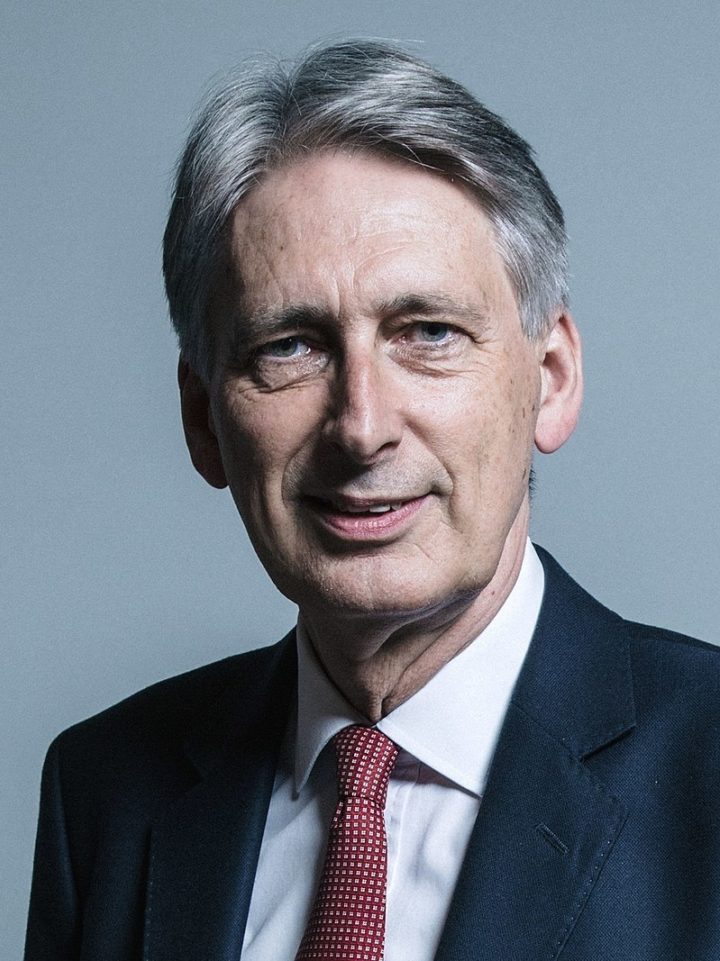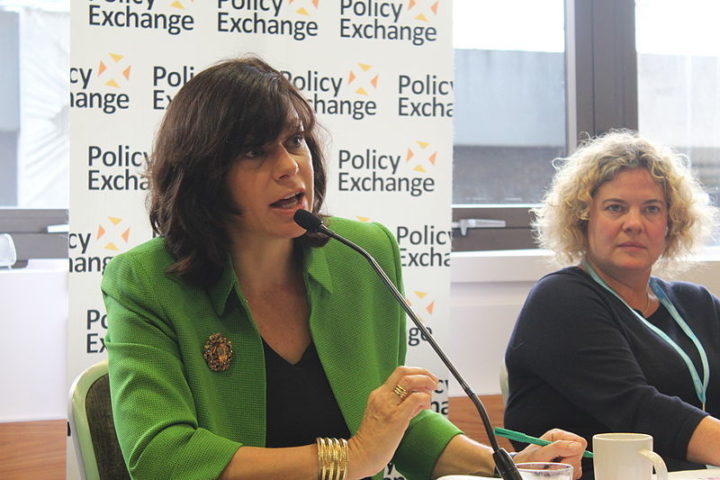Budget 2018 – 5 key areas
What are the five juiciest energy and climate issues on Phil Hammond’s plate ahead of October’s Budget?
By Jonny Marshall
Share
Last updated:
The Government’s decision to advance Britain’s move towards a zero carbon nation has been extensively commented on this week. The move to seek new formal advice on climate change targets has split opinion, with many voices welcoming the decision and many making the point that decades-away targets are all well and good, but actions in the shorter term aren’t exactly consistent with the net zero goal.

Fortunately, the 2018 Budget is less than two weeks away, affording Philip Hammond the opportunity to show that even the Treasury – historically one of the Government departments least enthusiastic about environmental measures – is on board with the ‘Green GB’ plan.
So, ahead of the annual outing of the red briefcase on October 29th, here are five energy and climate topics that we can expect to see action on.
1. Cars
Unfortunately, Mr Hammond's cards on transport have already been dealt – and not by him. Despite rumours that the fuel duty freeze was set to be unfrozen this year, Theresa May’s conference speech confirmed that it would remain on ice for a ninth year.
In addition to costing the Treasury around £9 billion per year, failing to increase fuel duty since 2011 has caused a 4% increase in traffic, resulted in the emission of an extra 4.5 million tonnes of CO2, 12,000 tonnes of NOx and 816 tonnes of PM10s – warming the planet and adding to the national air pollution crisis.
It has also had an impact on public transport, causing 60 million fewer rail journeys and up to 200 million fewer bus journeys.
Whether it is too politically toxic to increase fuel duty or not, the freeze sends a simple message: 'carry on driving.'
The second pre-budget announcement that we have already seen is a £1,000 reduction in the plug-in-car grant, and the removal of support for hybrid vehicles. Since 2011, the scheme has supported the purchase of more than 160,000 electric and hybrid cars in the UK.
While also not a massive cut compared with the overall EV purchase price, it doesn’t send the message that the Government is particularly bothered that transport is now the greatest contributor to UK emissions, and that they are rising year-on-year.
2. Carbon costs
The UK’s Carbon Price Support (CPS) has been undeniably successful. By boosting the price of emitting carbon, it is a major driver behind the fall in emissions in the power sector, which is leading the economy in the move away from polluting fuels. Despite this, it suffers from one of the main reasons why carbon pricing struggles to be a credible driver of long-term climate action: uncertainty.
Every budget, proponents of the CPS call for it to be increased, while opponents demand that it is scrapped, reduced or frozen – and this year is no different. Even at the current level of £18/tonne (which has been frozen since 2014), coal is expected to make a comeback this winter as higher wholesale gas prices mean it is cheaper to burn coal than to run the UK's lower efficiency gas power stations.
Analysts at Sandbag recommend that the Government should aim for a total carbon price (EU ETS + UK Carbon Price) of £45/tonne in 2019 to stop coal burn increasing.
Had the CPS not been frozen, it would now cost an extra £8 to pump a tonne of CO2 into the atmosphere, hitting the economics of burning coal relative to gas and continuing the UK’s path of ‘powering past coal’.

This annual to-and-fro is why investors are sceptical about funding low-carbon infrastructure on the back of a carbon price alone. Imagine EDF’s finance chief being confident enough to ok a £25 billion investment into Hinkley Point when a carbon price that directly affects how much money the power plant makes can be changed at the whims of both current and future governments.
A buoyant ETS market means that UK fossil fuelled generators are paying carbon costs far higher than a year ago, and are therefore pushing for action that would have a negative effect on carbon emissions, air pollution and Treasury coffers. Relenting in the same way that Mr Hammond appears to have done in the transport sector would be a far from welcome development - in fact, with coal-burning already way below historical levels, the CPS ought logically now to evolve into a tool that can progressively take gas out of the system as well.
3. Clean capacity
Action on new renewables seems unlikely, aside from the continuing support for offshore wind. Last year’s budget contained a pledge to pause spending on low-carbon power (again, hardly the actions of a Government claiming to ‘lead from the front’).
A recent ECIU blog outlined how rising power prices mean that the cost of ‘topping up’ wholesale revenue of the newest renewable projects is smaller than expected, and that there may be a case for using some of these savings to ramp up the pace of renewable development in the UK - especially as by the Government's own admission, it needs to accelerate in order to hit climate change targets.
And of course, the lack of support for onshore wind and solar persists. Technologies that could cut bills, cut emissions and boost UKplc remain, unfortunately, out in the cold – although this position could soften in 2021.
4. Cutting waste
In the UK we waste a chronic amount of energy from our homes, with some of the leakiest housing stock in Europe. In addition to slow progress on making older homes better insulated and less leaky, standards that would require new homes to be highly efficient were scrapped in 2015.

The Prime Minister has announced that she wants to see domestic energy use halve by 2030. While a very admirable top-line, it is unlikely to be enough to be compatible with a 1.5ºC-compliant emissions target. The budget provides the opportunity to flesh out these plans, as Labour did earlier in the year for their energy efficiency policies.
The timing of the Budget – the day after the clocks go back and a winter gloom descends on the nation – would lend itself well to action that would make it easier and cheaper to keep warm at home.
5. Carbon capture
The Government’s response to the CCC’s Annual Progress Report details how carbon capture and storage isn’t commercially viable at the moment, but should be in use at scale in the 2030s. Current government action towards this goal is limited to just a small amount of innovation funding, establishing a ‘council’, hosting a ‘summit’, and convening a ‘taskforce’.
The budget provides the perfect opportunity to relax the purse strings on CCS and give the industry the boost it needs to start pumping carbon dioxide into the many empty gas fields that lie in UK waters.
While action on welfare and Brexit are likely to dominate the headlines on Budget day, the scope of potential for energy and climate action means that, if the Government is feeling ambitious off the back of Green GB week, it could be one of the 'greenest Budgets' yet.
-----
Since writing this, there have been media reports that the Chancellor is considering increasing the Climate Change Levy (CCL) on natural gas, to match that for electricity. In addition to boosting revenue for the Treasury, the move could see more energy-intensive companies sign a Climate Change Agreement (CCA), a voluntary agreement which entitles them to a lower CCL rate in return for taking actions to curb energy use and boost efficiency.
However, the current CCA scheme only runs until 2023, which is likely to be too short-term for companies to invest heavily in energy efficiency off the back of an increase in CCL alone.
Share